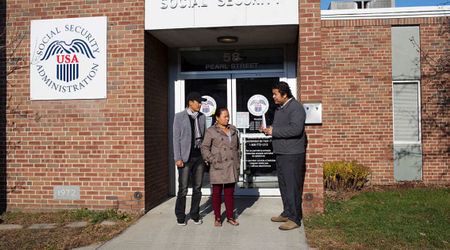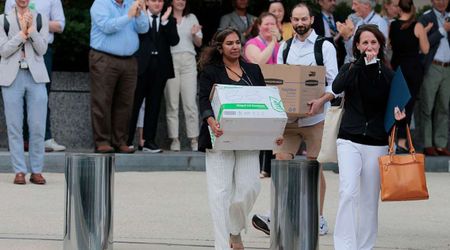Can Too Many Meetings Make Employees Less Productive?

A recent survey involving 2,175 hiring and human resources managers spanning diverse industries and company sizes revealed that technology can enhance productivity in certain aspects while impeding it in others. Today, emails and notifications from employers bombard employees throughout the workday, vying for their attention and diverting focus from important tasks. The ping of incoming messages can disrupt workflow, fragment concentration, and diminish productivity. Moreover, the temptation to quickly check and respond to notifications can lead to a cycle of distraction and procrastination, further exacerbating the issue.
Research: #Women experience more #incivility at work - especially from other women. Cognitive distractions & time delays can cost employers upwards of $14,000 per employee. https://t.co/8yA5qVq1yx #workplace
— Constance St.Germain (@DrCStGermain) March 29, 2018
Since February 2020, individuals have been engaging in three times more Microsoft Teams meetings and calls per week at work, marking a significant 192% increase. The most frequent Teams users now dedicate nearly 8 hours per week, equivalent to an entire workday, solely to online meetings.
While collaboration and communication are essential for effective teamwork, excessive meetings, and impromptu discussions can disrupt workflow, interrupt concentration, and derail progress on important tasks. Moreover, interruptions from colleagues seeking assistance or input can fragment focus and impede productivity.
"The onslaught of meetings is exhausting workers and leaving insufficient time for deep work on tasks that require a higher level of focus with no distractions," says Colette Stallbaumer, the general manager for Microsoft 365.

"Meetings aren’t necessarily bad, but the way we prep and lead them can sometimes derail productivity," states Cathi Rittelmann, Korn Ferry senior client partner.
When questioned about the factors that make meetings worthwhile, workers expressed their primary motivations as receiving important information to enhance job performance and engaging in feedback exchanges with colleagues. However, despite these intentions, over half of respondents (58%) find it challenging to brainstorm effectively in virtual meetings, while a similar proportion (57%) struggle to catch up if they join a meeting late.
Rittelmann highlights that one prevalent factor contributing to unproductive meetings is the inclusion of individuals who are not essential to the discussion, often attending out of obligation rather than genuine contribution. In fact, 35% of workers admit they would attend a meeting they were invited to, even if they doubted its productivity.
A recent poll found that Monday at 10:54 a.m. is the day & time of the week that Americans say they're the most productive. Experts encourage managers not to schedule Monday morning meetings to avoid distracting employees & disrupting their concentration. https://t.co/72PcYPnxcd
— Anonymous Assistants (@anon_assistants) August 25, 2021
"Business leaders need to set the tone and clear expectations and meetings should be used to enhance employees' wellbeing and productivity — not drain them," remarks Stallbaumer.
She advocates for companies to enhance meeting efficiency by utilizing tools such as recordings, email scheduling assistants, instant messaging, and AI-powered transcripts. These technologies offer employees greater flexibility in their engagement with meetings, allowing them to participate at their convenience.

In response to the need for improved time management, some companies have implemented new meeting policies. For instance, Shopify announced the cancellation of all recurring meetings involving three or more participants and the prohibition of meetings on Wednesdays.
The impact of such initiatives has been notable. According to a report by CIO Dive, the average time spent by employees in meetings decreased by 33% within the first two months of 2023 alone. Furthermore, Shopify anticipates that several teams will accomplish 25% more projects this year compared to the previous year, reflecting the efficacy of these measures in enhancing productivity and time allocation.




















